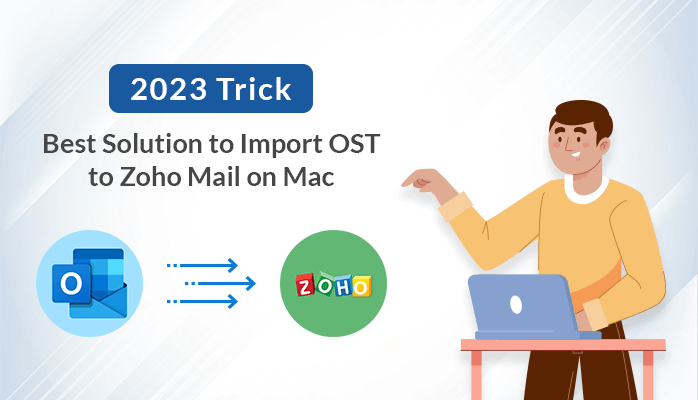Introduction
In today’s highly competitive business landscape, understanding and effectively managing customer relationships is crucial for success. That’s where Customer Relationship Management (CRM) systems come into play. A key component of CRM is the customer information database, which serves as a centralized repository of customer data. This article explores the importance of a customer information database in CRM, its benefits, and how it helps businesses build stronger, more personalized customer relationships.
1. What is a Customer Information Database in CRM?
A customer information database in CRM is a centralized system that stores and manages comprehensive data about customers. It serves as a valuable resource for businesses to understand better their customers, preferences, purchase history, interactions, and other relevant information. The database consolidates customer data from various touchpoints and departments, providing a holistic view of each customer’s journey with the company.
2. The Importance of Centralizing Customer Data
Centralizing customer data is essential for businesses aiming to improve customer relationships. With data scattered across different platforms and departments, gaining a comprehensive understanding of customers becomes challenging. By centralizing customer data in a CRM database, businesses can access a unified view of customers, enabling them to provide personalized experiences, tailor marketing campaigns, and make informed business decisions.
3. Key Components of a Customer Information Database
A robust customer information database includes several key components:
Basic customer details: This includes personal information such as name, contact details, demographic data, and any other relevant identifiers.
Purchase history:
- Tracking customer transactions and purchase patterns helps identify preferences.
- Buying behavior.
- Potential cross-selling or upselling opportunities.
- Communication history: Recording interactions across various channels like email, phone calls, and live chat provides insights into customer preferences and communication preferences.
- Customer feedback: Collecting and analyzing customer feedback helps businesses understand satisfaction levels, identify areas for improvement, and address customer concerns effectively.
4. Benefits of a Customer Information Database
Implementing a customer information database in CRM offers several benefits, including:
- 360-degree customer view: A centralized database provides a comprehensive view of each customer, allowing businesses to understand their preferences, behaviors, and needs.
- Personalized marketing: Businesses can create targeted marketing campaigns by leveraging customer data, delivering personalized messages and offers to specific customer segments.
- Improved customer service: Access to customer data empowers teams to provide personalized assistance, resolve issues more efficiently, and deliver a superior customer experience.
- Streamlined sales processes: Sales teams can leverage customer data to identify cross-selling and upselling opportunities, prioritize leads, and tailor their sales approach.
- Enhanced customer retention: Understanding customer preferences and proactively addressing their needs leads to improved customer satisfaction and increased loyalty.
5. Enhancing Personalization and Customer Experience
A customer information database enables businesses to deliver highly personalized experiences. By leveraging customer data, companies can anticipate customer needs, make relevant product recommendations, and create tailored marketing campaigns. Personalization enhances customer satisfaction, builds trust, and increases the likelihood of repeat purchases and long-term loyalty.
6. Securing and Protecting Customer Data
While the customer information database holds valuable data, it is crucial to prioritize data security and privacy. Businesses must implement robust security measures to protect customer data from unauthorized access, breaches, or misuse. This includes encryption, regular data backups, role-based access controls, and compliance with data protection regulations such as GDPR (General Data Protection Regulation).
7. Integrating Customer Information Database with CRM Systems
Integrating the customer information database with CRM systems is essential for maximizing its potential. By linking customer data with CRM functionalities, businesses can automate processes, track customer interactions, and gain valuable insights. The integration enables seamless data flow, reduces duplication, and ensures real-time access to accurate customer information.
8. Best Practices for Managing a Customer Information Database
To effectively manage a customer information database, businesses should consider the following best practices:
- Data quality control: Regularly clean and update customer data to maintain accuracy and reliability.
- Consent Management: Ensure compliance with data protection regulations by obtaining and managing customer consent for data collection and usage.
- Data governance: Establish clear guidelines and protocols for data access, usage, and security.
- Data analytics: Leverage data analytics tools to extract actionable insights and identify trends for strategic decision-making.
9. Future Trends in Customer Information Databases
The evolution of technology continues to shape customer information databases. Some future trends to watch out for include:
- Artificial Intelligence (AI) and Machine Learning (ML): AI and ML algorithms can analyze vast customer data, extract valuable insights, and automate personalized interactions.
- Predictive analytics: Advanced analytics techniques enable businesses to predict customer behavior, identify churn risks, and proactively engage customers.
- Omnichannel integration: Integration with multiple communication channels allows businesses to track customer interactions across platforms and deliver a seamless omnichannel experience.
Conclusion
A customer information database plays a pivotal role in CRM, enabling businesses to build stronger, more personalized customer relationships. By centralizing customer data, companies can gain valuable insights, enhance personalization, and provide exceptional customer experiences. With the correct data management practices and integration with CRM systems, businesses can unlock the full potential of their customer information database and stay ahead in today’s customer-centric market.
FAQs
1. Is a customer information database only useful for large businesses?
No, customer information databases are beneficial for businesses of all sizes. Small and medium-sized businesses can leverage customer data to understand their target audience better, deliver personalized experiences, and optimize their marketing efforts.
2. How can a customer information database improve customer service?
Businesses can provide more personalized and efficient customer service by storing communication history, previous interactions, and customer preferences. Customer service representatives can access relevant information to resolve issues promptly and deliver a superior customer experience.
3. Can a customer information database be accessed remotely?
With the advancements in cloud technology, customer information databases can be accessed remotely, enabling businesses to manage and utilize customer data from anywhere with an internet connection.
4. Is it necessary to obtain customer consent for collecting and storing data in the customer information database?
Yes, businesses must comply with data protection regulations and obtain customer consent for collecting and storing their data. Transparency and clear communication regarding data usage build trust and ensure compliance with privacy laws.
5. How often should customer data be updated in the database?
Customer data should be updated regularly to maintain accuracy and relevance. The frequency of updates depends on factors such as customer activity, personal information changes, and the business’s nature. Regular data maintenance ensures businesses have the most up-to-date and accurate customer information.








